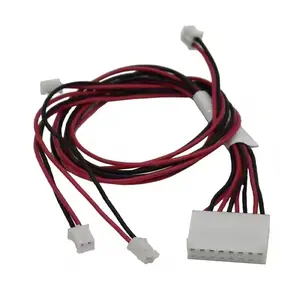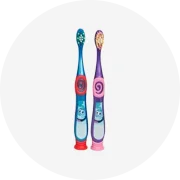





Chevrolet Vortec 용 독립 DBC DBW 배선 하네스 키트 자동차 엔진 와이어 하네스 ls3 4.8L 5.3L 6.0L 스왑 4L60E
₩168,740 - ₩175,771
최소 주문량: 10 개
조각 당 선박: ₩49,371
















E-Life E-PH801 아기 개정을 위한 정형외과 의학 소아과 엉덩이 안정성 버팀대 Pavlik 마구 새총
₩11,672 - ₩12,515
최소 주문량: 10 개
조각 당 선박: ₩6,680







pavlik 하네스 정보
자녀, 조카 또는 조카를위한 완벽한 포옹 동반자를 찾고 있다면 Alibaba.com에서 최고의 제품을 찾으십시오. pavlik 하네스. 고양이, 곰, 개, 코끼리, 새, 호랑이 등과 같은 다양한 색상과 사랑스러운 품종으로 제공됩니다. 이들. pavlik 하네스는 모든 성인의 어린이와 어린이 모두에게 즐거움을줍니다. pavlik 하네스는 어린이가 공감을 키울 수있는 중요한 장난감이며 중요한 다른 사람에게 선물.
. Alibaba.com에서 제공하는 pavlik 하네스는 사용자의 웰빙을 보장하기 위해 안전 테스트를 거친 최고 품질의 재료로 만들어졌습니다. 날카로운 내부 플라스틱이나 전선이 없으며 피부에 자극을주지 않도록 특별히 설계되었습니다. 이들. pavlik 하네스는 가볍고 부드러 우며 휴대가 간편하도록 설계되었습니다. 약간. pavlik 하네스는 소리를 내고 음성 메시지를 녹음하는 등의 추가 매력적인 기능도 제공합니다.
pavlik 하네스는 가정용 애완 동물, 해양 동물 및 멸종 위기에 처한 동물과 같은 다양한 유형 및 컬렉션으로 제공됩니다. 이들. pavlik 하네스는 선물용으로 적합하며 어린이집을위한 작은 크기는 물론 최대 몇 피트까지 큰 크기로 제공됩니다. 만화와 관련된 pavlik 하네스 그리고 애니메이션 영화도 제공되며 어린이들에게 인기가있을 것입니다.
가장 부드러운 것을 선택하십시오. pavlik 하네스 자녀를위한 또는 Alibaba.com의 선물용으로 품질 저하없이 최저가로 .. pavlik 하네스 도매 업체 및 공급 업체도 ISO를 찾을 수 있습니다. 및 CE 인증 제품을 저렴한 가격에 대량 구매할 수 있습니다. 가장 신뢰할 수있는 판매자와 제조업체가 제공하는 제품은 안전성에 대한 테스트를 잘 받았습니다.
. Alibaba.com에서 제공하는 pavlik 하네스는 사용자의 웰빙을 보장하기 위해 안전 테스트를 거친 최고 품질의 재료로 만들어졌습니다. 날카로운 내부 플라스틱이나 전선이 없으며 피부에 자극을주지 않도록 특별히 설계되었습니다. 이들. pavlik 하네스는 가볍고 부드러 우며 휴대가 간편하도록 설계되었습니다. 약간. pavlik 하네스는 소리를 내고 음성 메시지를 녹음하는 등의 추가 매력적인 기능도 제공합니다.
가장 부드러운 것을 선택하십시오. pavlik 하네스 자녀를위한 또는 Alibaba.com의 선물용으로 품질 저하없이 최저가로 .. pavlik 하네스 도매 업체 및 공급 업체도 ISO를 찾을 수 있습니다. 및 CE 인증 제품을 저렴한 가격에 대량 구매할 수 있습니다. 가장 신뢰할 수있는 판매자와 제조업체가 제공하는 제품은 안전성에 대한 테스트를 잘 받았습니다.













































































































